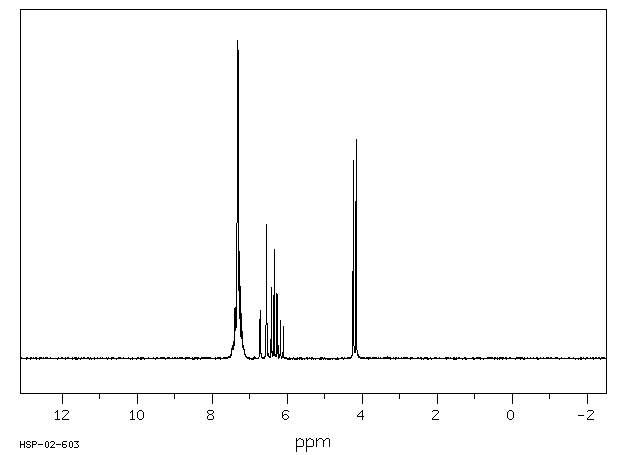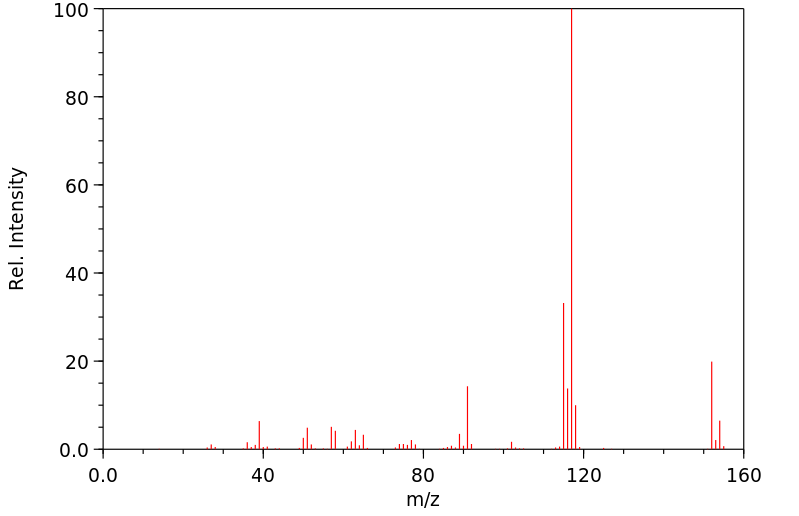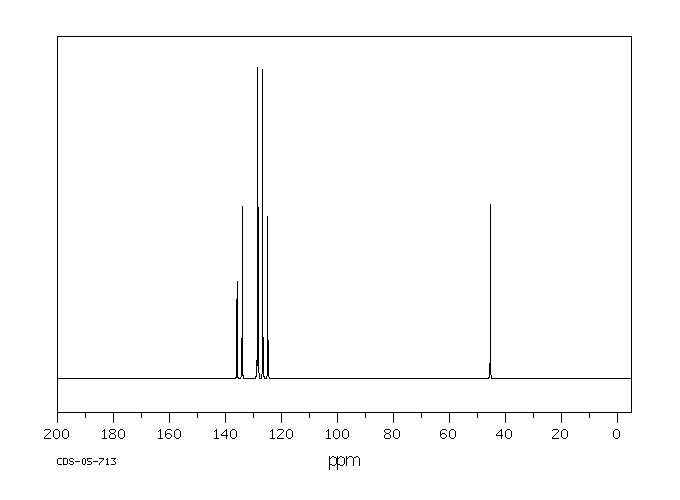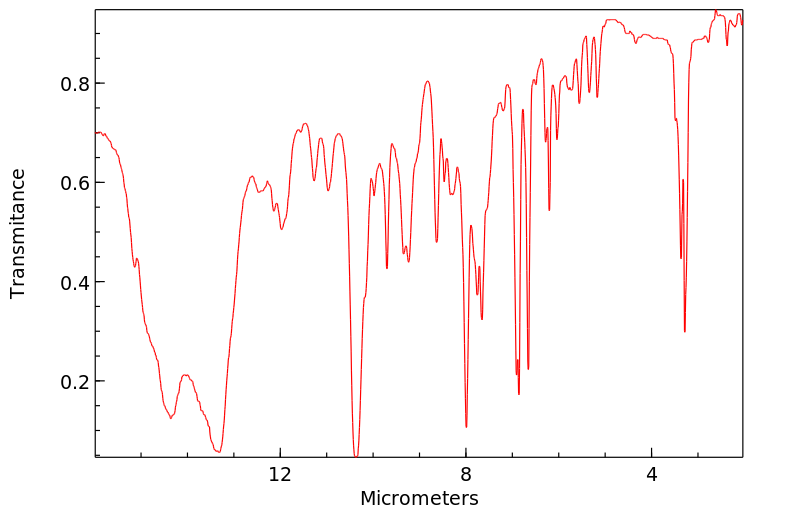毒理性
Dermatotoxin - 皮肤烧伤。
Lacrimator (Lachrymator) - 刺激眼睛并引起流泪的物质。
Toxic Pneumonitis - 由于吸入金属烟雾或有毒气体和蒸气引起的肺部炎症。
Dermatotoxin - Skin burns.
Lacrimator (Lachrymator) - A substance that irritates the eyes and induces the flow of tears.
Toxic Pneumonitis - Inflammation of the lungs induced by inhalation of metal fumes or toxic gases and vapors.
来源:Haz-Map, Information on Hazardous Chemicals and Occupational Diseases










